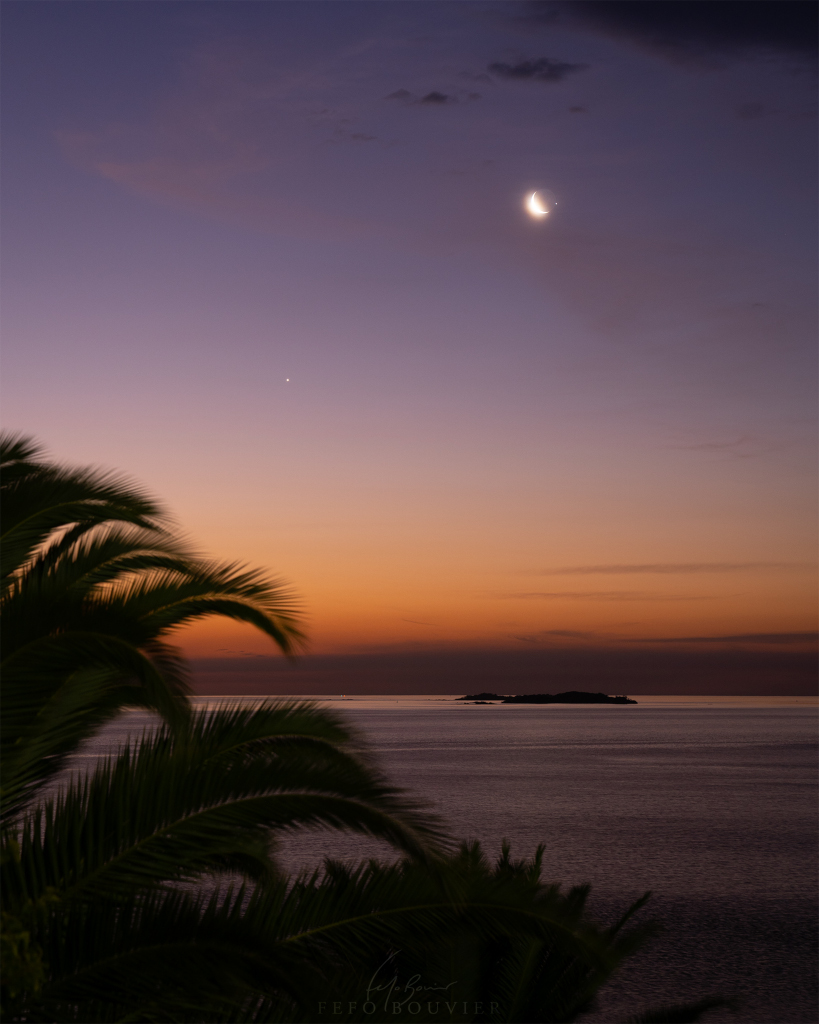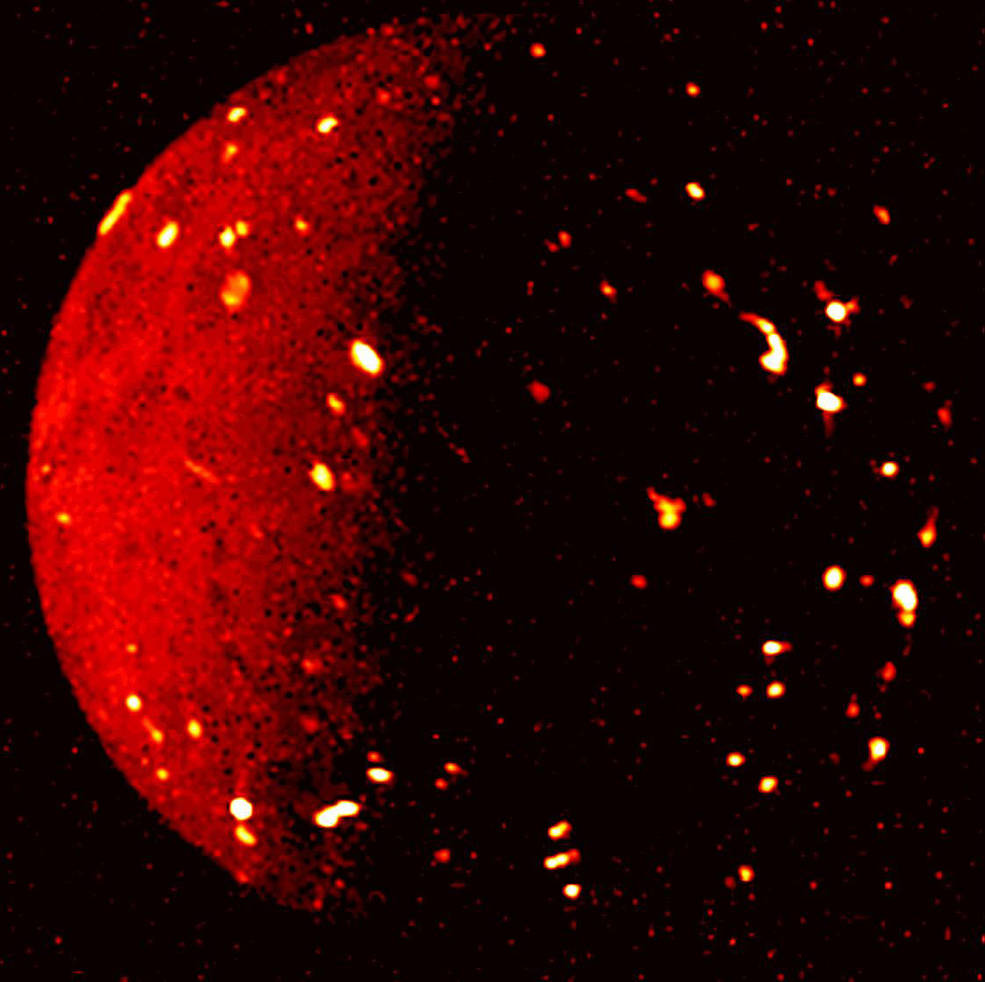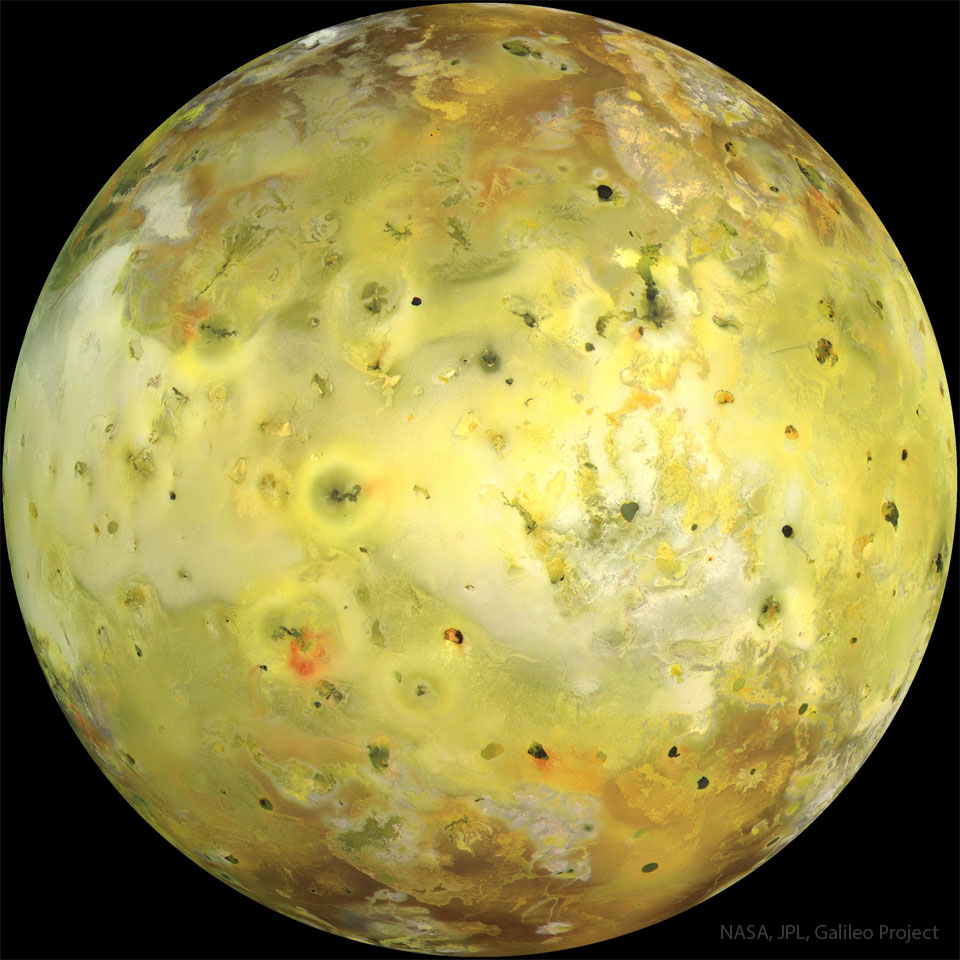意大利上空的木星与金星
2023年3月5日 Jupiter and Venus over Italy Image Credit & Copyright: Giovanni Tumino Explanation: What are those two bright spots? Planets. A few days ago, the two brightest planets in the night sky passed within a single degree of each other in what is termed a conjunction. Visible just after suns […]










